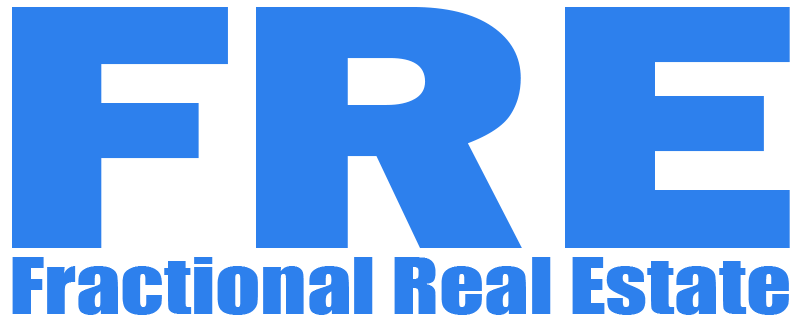What Are the Disadvantages of Fractional Ownership?
Fractional ownership is a lucrative investment model that allows multiple investors to own a portion of valuable properties. While fractional ownership offers numerous benefits, it also presents certain challenges. So what are these challenges, and how will they keep you out of trouble?
Fractional Ownership 101
Fractional ownership involves dividing a property into shares and selling them to multiple investors. Each investor owns a portion of the property, allowing them to enjoy ownership benefits without bearing the full cost. However, there are caveats to consider, as the disadvantages of fractional ownership may weigh heavily on your investment success and satisfaction.
Limited Control Over Property
One problem with fractional ownership is a lack of control. As a fractional owner, you have ceded much of your decision-making authority to other investors. Conflict transformation can assist in resolving potential disputes regarding the management, maintenance, and use of the property. Different owners have different opinions. There are many headaches about how to make decisions when a group of people own an ownership level, as everyone crowds together atop the real estate pyramid.
Illiquidity of Investment
Many fractional ownership investments are highly illiquid. Unlike selling stocks or bonds, selling your share of the property can be a hard, frustrating process. The main issue with illiquid investments is that you cannot move your money quickly in the event of an emergency or financial need.
Challenges: Management and Maintenance
Managing a property with multiple owners is a challenging task. Coordinating maintenance, replacing items, and major upgrades requires collective agreement, which isn’t always easy. Arguments regarding costs, work quality, and timelines may arise, leading to frustration and halting progress. Bad business decisions by other owners can erode the value of a property and your return on investment.
Legal and Regulatory Risks
Fractional ownership comes with a host of legal and regulatory implications. Property co-ownership laws differ from country to state. These rules present a significant challenge, especially when investing across borders. Legal fights between those who share ownership can easily add to the sordid affair and stretch it out in court for months or even years.
Market Volatility and Risk
The real estate markets have always been quite unstable. Property values fluctuate due to economic conditions, market demand, and other factors. You are also subjecting the entire asset class (including your purchase) to market risks. The value of your investment falls if the property you bought decreases in price. Additionally, rental income, though considered passive, can fluctuate, making your expected return on investment vulnerable.
Potential for Hidden Costs
Investing in fractional ownership can involve hidden costs. These may include management fees, maintenance charges, insurance premiums, property taxes, and legal expenses. These costs can add up, reducing your overall returns. If you decide to invest in fractional ownership, make sure to understand what the total costs will be like.
Challenges with Scaled Exit
Exiting fractional ownership can be challenging. Unlike sole ownership, where you can sell the whole property, selling a fraction requires finding a willing buyer. This process can take time and often involves significant negotiation. You might also need the consent of other co-owners to divest your share, making exiting a challenging exercise.
Impact on Personal Usage
In a fractional ownership deal on an investment vacation property, you may not be able to use the place all year long. Co-ownership entails sharing the property with other owners, necessitating coordination and reservation-making. If your schedules conflict or one party is not available for use, it limits self-enjoyment and asset-use satisfaction.
Conclusion
The Bottom Line: While fractional ownership is very attractive, there are a few downsides you should keep in mind when considering getting involved. Some of its functions include a lack of management control, limited liquidity in terms of resale possibilities, and high costs associated with managing a property for optimal rental returns and growth. Additionally, changes in local regulations can increase legal risks. External factors such as terrorist attacks and trade wars can cause significant fluctuations in the market outlook. Investors may not have factored in unanticipated costs, such as hidden taxes and duties, when calculating their return on investment (ROI). Exiting opportunities can be challenging due to personal usage restrictions on properties intended for personal use or retirement.
Understanding these challenges enables you to make sound financial decisions and invest in ways that align with your goals and risk tolerance. Be sure to do additional research and seek counsel from professionals to navigate the intricacies of fractional ownership seamlessly.


